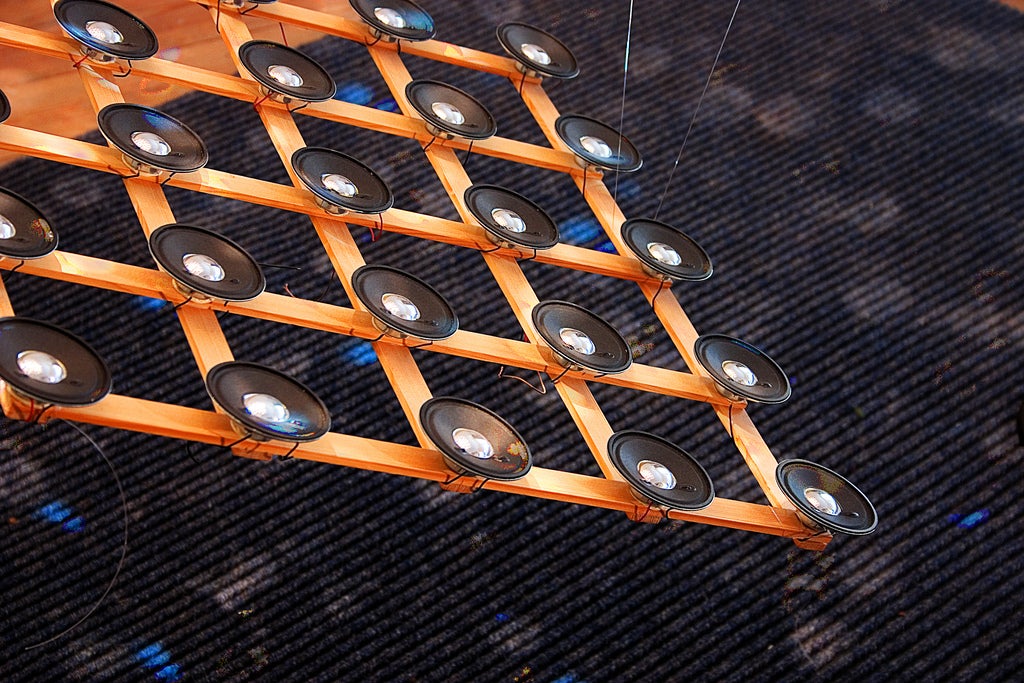Scientists create computer virus that transfers stolen data using inaudible sounds
The malware has a low data transmission rate, but could be used to send passwords and login information

Computer scientists from Germany have developed a new form of malware that can transmit data from hacked computers using an audio signal inaudible to humans.
Just using the built-in speakers and microphone in a pair of commercially available laptops, the researchers were able to transfer small amounts of sensitive data across a distance of almost 65 feet.
The team involved also predicted that this distance could be increased significantly using a network of controlled devices to relay the data acoustically.
The discovery is of particular relevance to high-security computer networks where sensitive data is often protected with an “air gap”, meaning that the devices are physically disconnected from any networks, including the internet.
Fortunately for the governments and large institutions that use these measures, the target computer still has to be infected with malware via more traditional means before it can transmit data.
The research was published in the Journal of Communications, and was led by a team from Germany’s Fraunhofer Institute for Communication, Information Processing, and Ergonomics.
Speaking to technology site Ars Technica, Michael Hanspach, one of the paper’s authors, said that the proof-of-concept software they had developed meant that air gaps “can be considered obsolete.”
“Over this covert network, information can travel over multiple hops of infected nodes, connecting completely isolated computing systems and networks (e.g. the internet) to each other,” said Hanspach.
The procedures used to transfer the data over sound waves were based on software developed by Germany’s Research Department for Underwater Acoustics and Geophysics to communicate acoustically underwater.
One significant drawback of the software is that the data transmission rate was only 20 bits per second - enough to send basic text, but too small to transfer any larger multimedia, such as video. The researchers, however, do not think that this is much of a problem:
“This small bandwidth might actually be enough to transfer critical information (such as keystrokes)," Hanspach told Ars Technica. "And you could forward any small-sized information such as private encryption keys or maybe malicious commands to an infected piece of construction."
It’s unlikely that this new technique will be of any use to commercial hackers (creating an acoustic mesh to transfer stolen information would be extremely inefficient compared to simply connecting via the web) but state-sponsored hackers might consider adding this to their arsenal.
Hanspach and his team did also suggest a number of countermeasures, including using audio software that filters out high-range frequencies or simply disconnecting any speakers and microphones connected to a computer.
Subscribe to Independent Premium to bookmark this article
Want to bookmark your favourite articles and stories to read or reference later? Start your Independent Premium subscription today.

Join our commenting forum
Join thought-provoking conversations, follow other Independent readers and see their replies